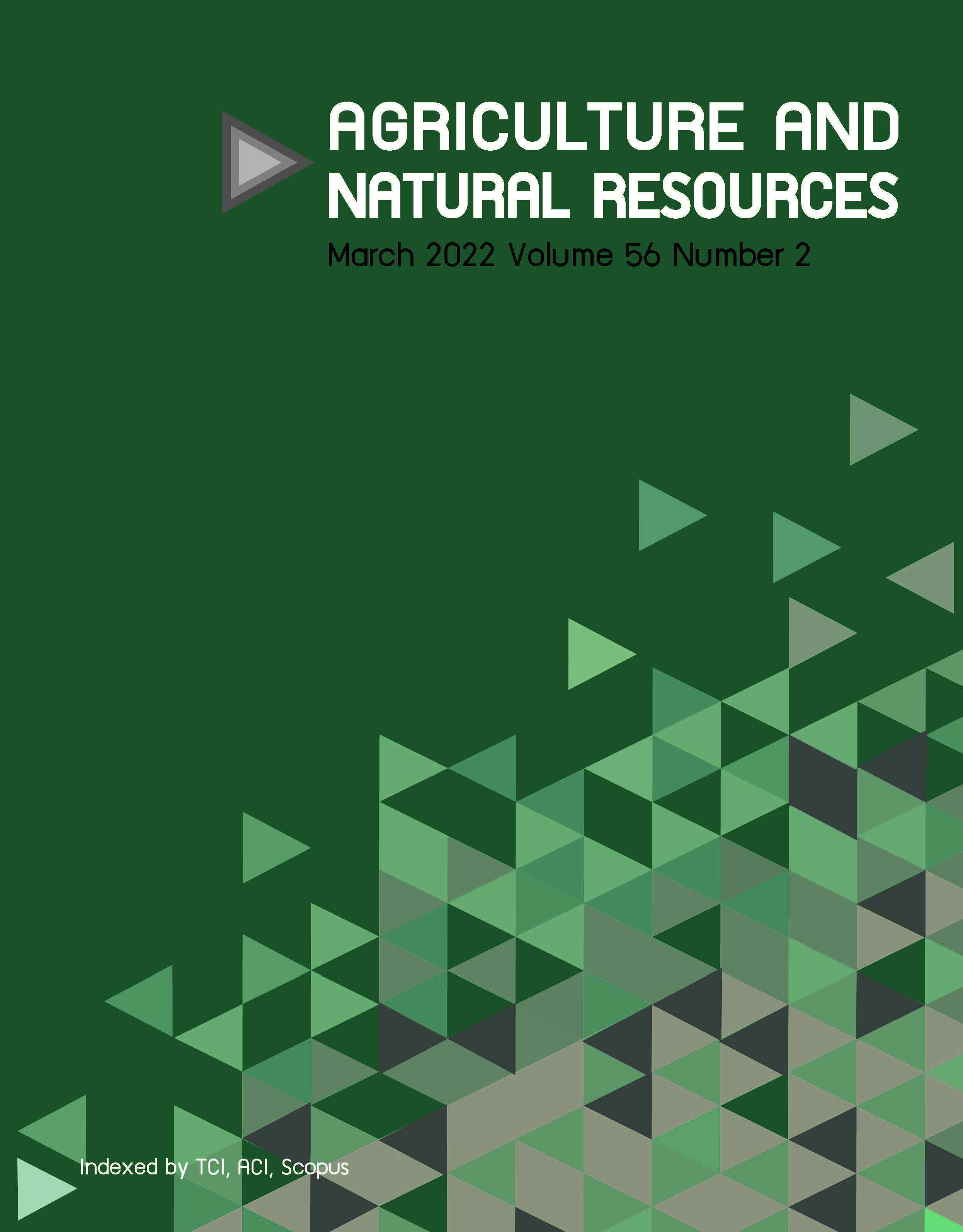Comprehensive approach to utilize hydrogen peroxide sterilization and urea as nitrogen source for ethanol production from oil palm trunk
Keywords:
Bacterial contamination, Hydrogen peroxide sterilization, Simultaneous saccharification and fermentation, Steam sterilization, UreaAbstract
Importance of the work: Alternative nitrogen sources such as yeast-extract and peptone and a low-cost sterilizing agent are required to replace steam sterilization.
Objectives: To investigate the use of urea as a source of nitrogen and hydrogen peroxide (H2O2) as a sterilizing agent for ethanol production.
Materials & Methods: The optimized concentration (1 g/L) of urea as the nitrogen source (an alternative to yeast extract and peptone) was used with Saccharomyces cerevisiae SC90. Additionally, the optimized H2O2 concentration for the sterilization process was observed for its suitability for controlling microbial contamination in simultaneous saccharification and fermentation (SSF).
Results: The optimized urea concentration produced a mean (± SD) ethanol concentration of 37.41 ± 0.19 g/L. The culture medium sterilization with H2O2 concentrations (0 g/L, 0.1 g/L, 0.5 g/L or 1 g/L) was compared to energy intensive steam sterilization (121°C,
15 min). The conditions of an optimized H2O2 concentration of 0.5 g/L with both 12 hr and 24 hr of sterilization were suitable for controlling microbial contamination and produced similar maximum ethanol concentrations (p < 0.05). The results indicated that after 24 hr of sterilization, the maximum values for ethanol concentration, ethanol productivity, ethanol yield and ethanol theoretical yield were 33.64 ± 0.07 g/L, 0.42 ± 0.05 g/L/h, 0.47 ± 0.01 g/g and 74.35 ± 0.13%, respectively.
Main finding: The utilization of urea with H2O2 exhibited potential to reduce the cost of ethanol production using the SSF process.
Downloads
Published
How to Cite
Issue
Section
License
Copyright (c) 2022 Kasetsart Universityonline 2452-316X print 2468-1458/Copyright © 2022. This is an open access article under the CC BY-NC-ND license (http://creativecommons.org/licenses/by-nc-nd/4.0/),
production and hosting by Kasetsart University of Research and Development Institute on behalf of Kasetsart University.







